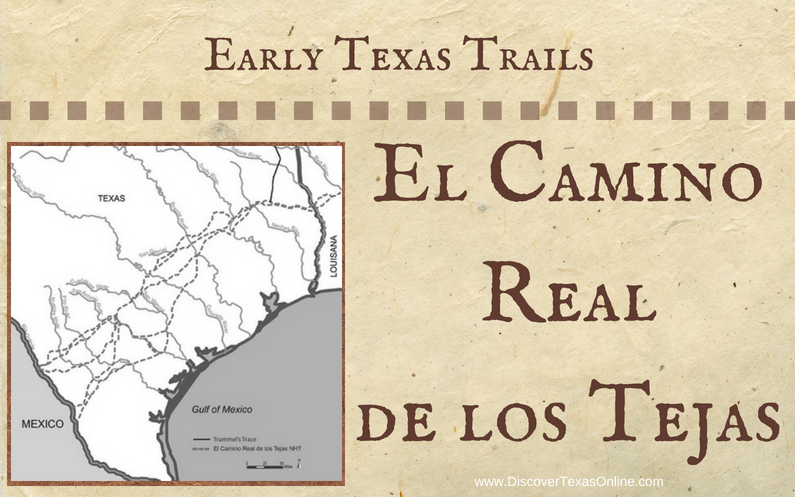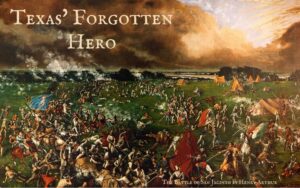
El Camino Real de los Tejas – the Royal Road of the Tejas [Tribe] – was the first road in Texas. It was no superhighway, but the ruts and mounds of this heavily traveled route can be seen nearly 4 centuries later.
The road was originally established to connect a series of missions and military outposts between Monclova (which is now in Mexico) and the first provincial capital of Texas, Los Adaes (which now lies in northwestern Louisiana).
Though this region was claimed early by Spain, the northern frontier was sparsely populated and mostly unexplored until the French explorer La Salle got lost and landed on the Texas coast in 1685. La Salle was actually searching for the mouth of the Mississippi, hoping to use the river as a southern trade route for French Canadian furs, when he sailed right past it and landed in Texas instead. The results were disastrous for La Salle, but that’s another story.
For Spain, the unintentional trespass was a warning call. If they didn’t keep an eye on their Texas lands, other nations might take advantage of the opportunity to encroach on their boundaries. To defend their claim, they sent out a military expedition to find their colonial rivals and “help” them leave.
To establish their hold on the lands north of the Rio Grande, the Spanish build missions where they hoped to reach the native Texas tribes with the gospel and begin to assimilate them into Spanish culture. To guard the missions, they built small forts. To supply both the missions and the forts, the king commanded that a royal road be built from the Rio Grande to the far reaches of the Tejas tribes – El Camino Real de los Tejas.
El Camino is not so much a single road as it is a route. Seasonal weather changes and political situations sometimes made it necessary to vary the route to the north or south, but the direction was always eastward with safe stopping places mapped out at convenient intervals.
It would be nearly impossible to emphasize the importance of El Camino in the history of Texas. It figures prominently throughout the Spanish colonial period (1690-1821). When Moses Austin came from the United States to ask permission to establish an Anglo colony in Texas, he traveled El Camino Real. When David Crockett and Sam Houston came to Texas, it was on this road. The writer De la Teja describes El Camino Real as “almost … a living thing: ever changing its humors, taking on new roles and responsibilities, responding to the needs of a developing frontier province.” Like a geographical circulatory system carrying people and provisions, “the caminos were the arteries that kept Texas alive.”
El Camino Real de los Tejas is now a National Historic Trail. If you live along the historic route or would like to hike, bike, or discover more, the El Camino Real de los Tejas National Historic Trail Association is a group that can help you. On their website, you’ll find a detailed history of the route, photos, a schedule of events, and 4th & 7th grade lesson plans to make learning easy and fun.



